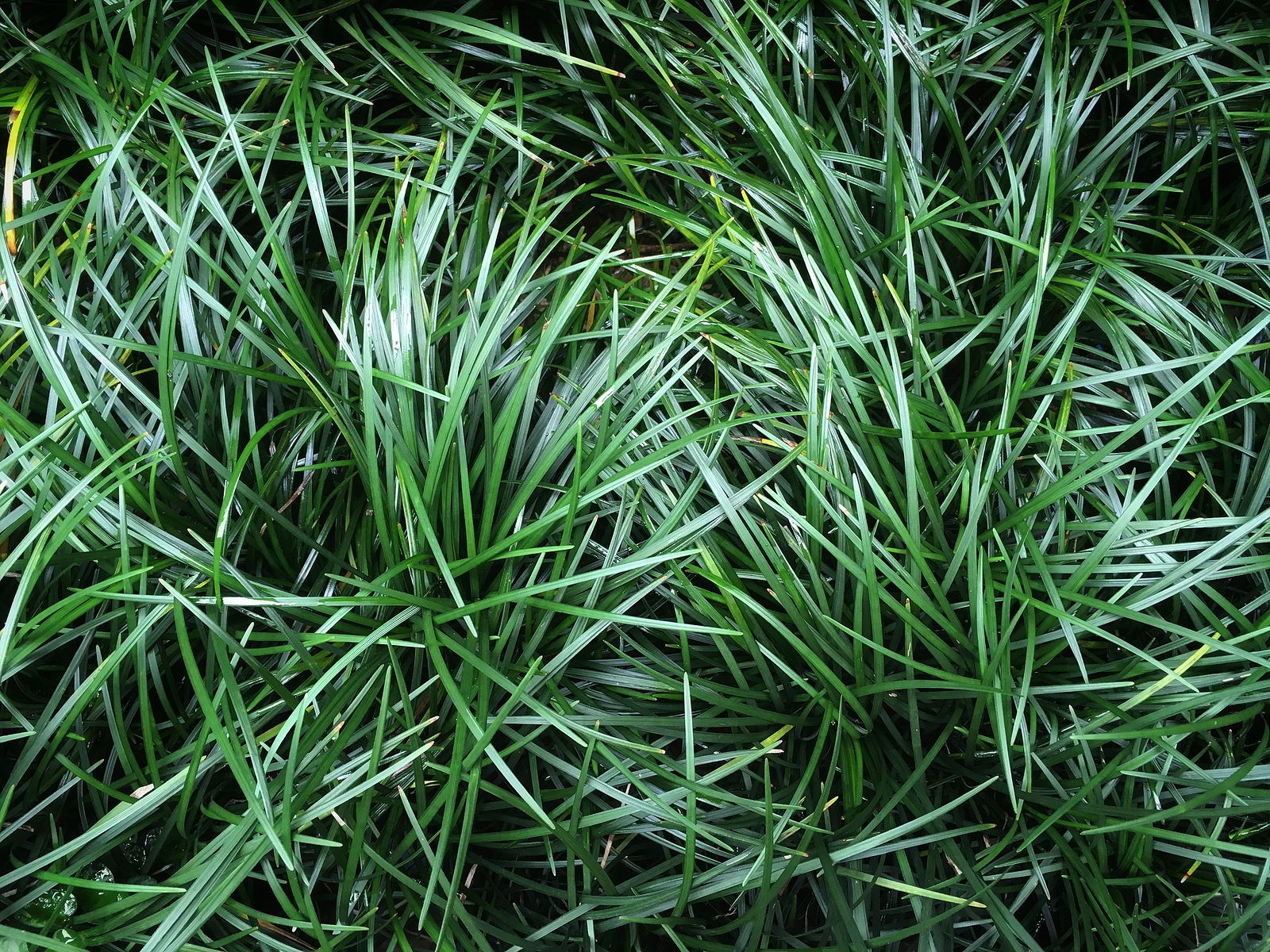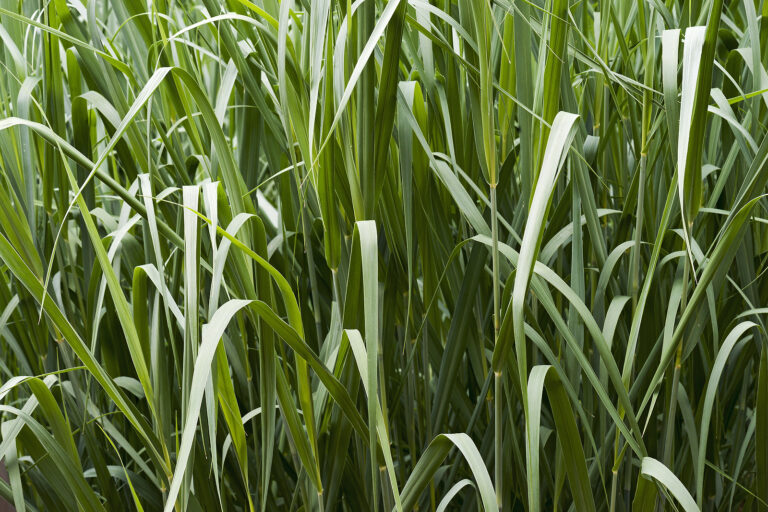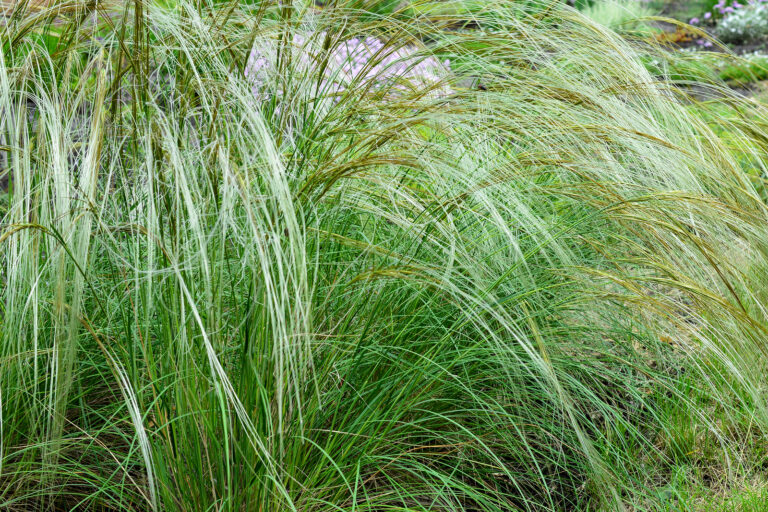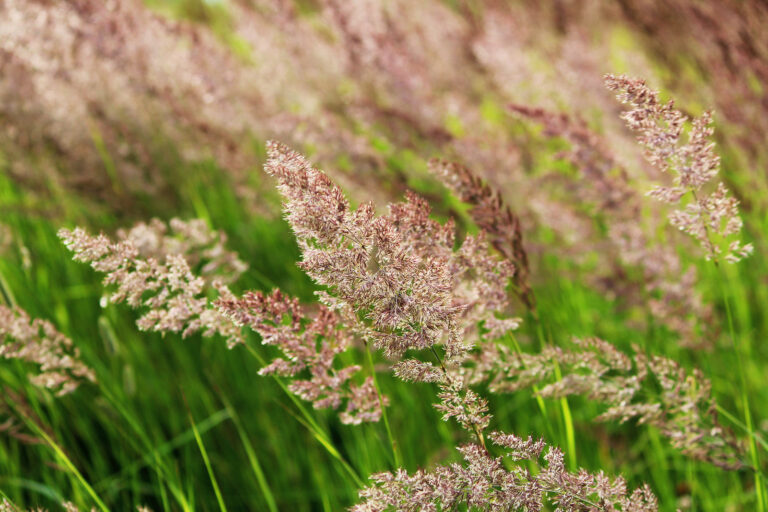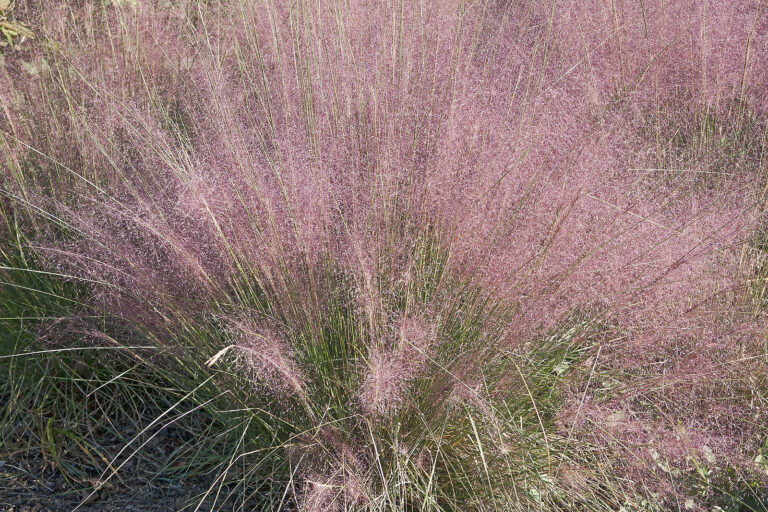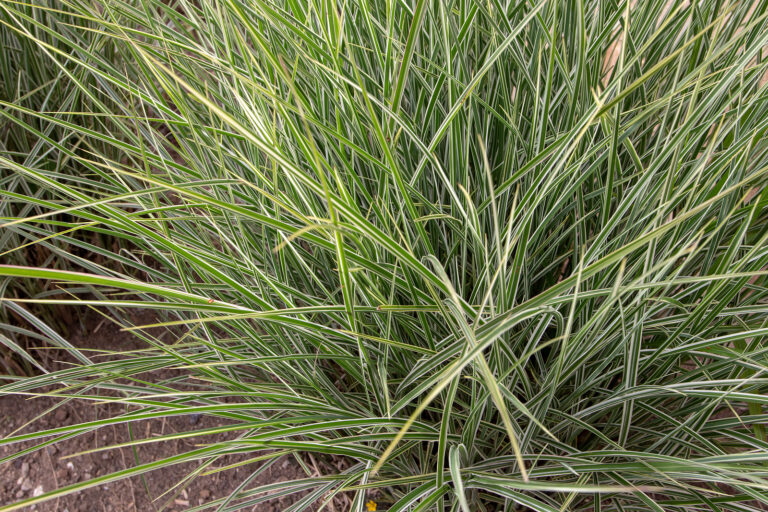How to Grow Mondograss – Ophiopogon
Ophiopogon – commonly called lilyturf or Mondo grass–is a perennial grown for its dense tufts of grass-like leaves. The leaves can vary from dark green to variegated linear green and white stripes to nearly black. Ophiopogon also bears semi-spherical to bell-shaped pinkish-white lilac, or white flowers on leafless stems in summer.
Ophiopogon can be used as a ground cover or for border edging or in a rock garden. It grows well along streams and on the edge of garden ponds. Ophiopogon’s roots can compete with the roots of trees and shrubs.
Ophiopogon grows best in well-drained soil. The tips of leaves will brown if the roots are too wet or the drainage is poor. It can become ragged and brown if neglected. Ragged plants can be cut back to stimulate new growth.
Ophiopogon is a genus of about 50 species of evergreen rhizomatous or tufted perennials. Ophiopogon is native to shady scrub and woodland in East Asia, especially China and Japan.
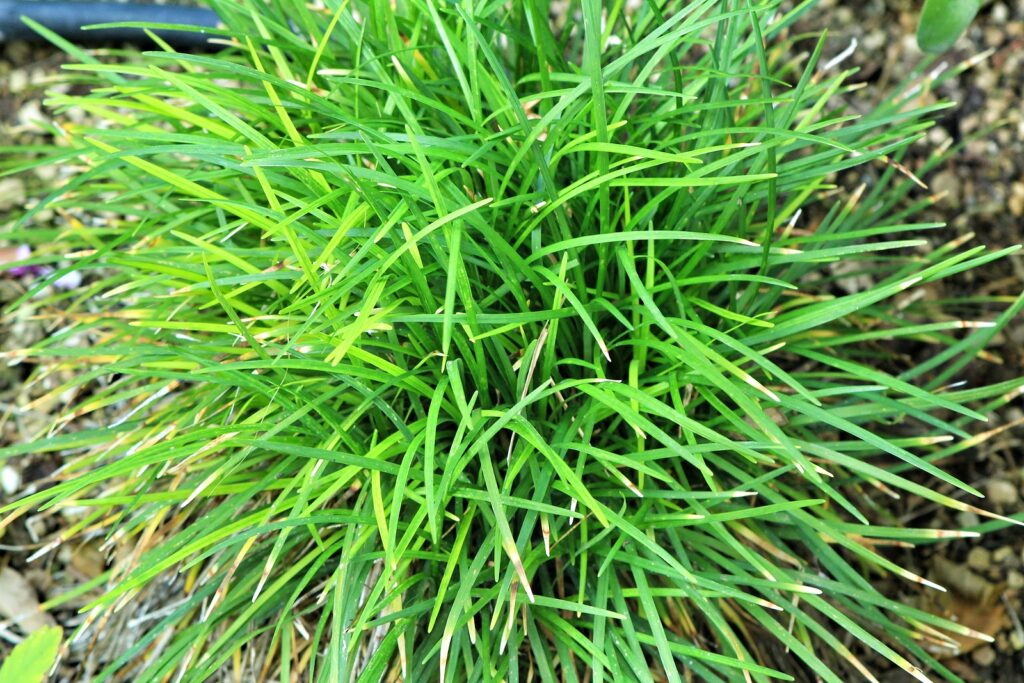
Get to know Ophiopogon
- Plant type: Perennials
- Growing zones and range: Zones 6 to 10
- Hardiness: Hardy to Zone 6
- Height and width: Varies, to 24 inches (60cm) tall and 12 inches (30cm) wide
- Growth rate: Slow
- Form and habit: Clump-forming
- Foliage: Dense tufts of somewhat grass-like leaves; slender, shiny, dark evergreen leaves
- Flowers: Racemes of numerous small, 6-petaled, semi-spherical to bell-shaped, pinkish white, lilac, or white flowers are produced on leafless stems
- Fruits: Spherical to oblong-ellipsoid, glossy, blue or black berries
- Bloom time: Summer
- Uses: Grass-like groundcover, border edging, rock garden, seasonal bedding
- Common name: Lilyturf, Mondograss
- Botanical name: Ophiopogon
- Family name: Liliaceae
- Origin: East Asia, especially China and Japan
Where to plant Ophiopogon
- Plant Ophiopogon in full sun or partial shade.
- Plant Ophiopogon in moist but well-drained, sightly acidic, fertile, humus-rich soil.
- Top-dress Ophiopogon annually with leaf mold in autumn.
When to plant Ophiopogon
- Plant container-grown Ophiopogon in the garden in spring or autumn.
- Sow Ophiopogon seed in containers in a cold frame as soon as ripe.
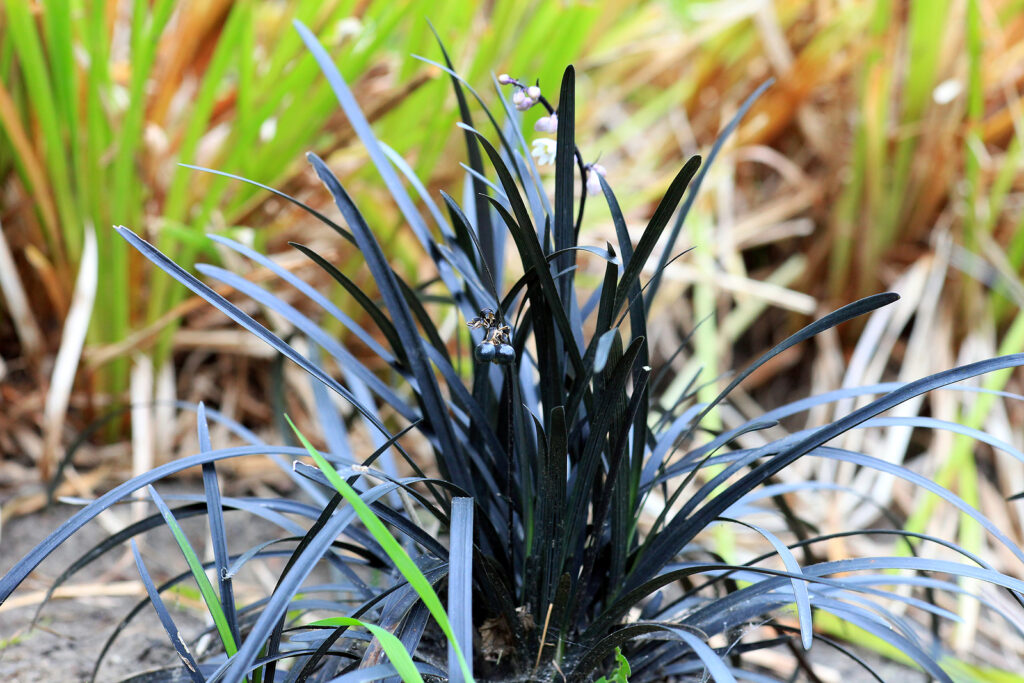
Planting and spacing Ophiopogon
- Plant Ophiopogon 12 inches (30cm) apart.
How to water and feed Ophiopogon
- In growing season, water Ophiopogon freely; water sparingly in winter.
- Apply a balanced liquid fertilizer monthly.
How to care for Ophiopogon
- Mow or cut back Ophiopogon in spring before new growth begins.
Ophiopogon pests and diseases
- Ophiopogon are sometimes affected by root rots and leaf spot.
- Slugs and snails may damage new leaves.
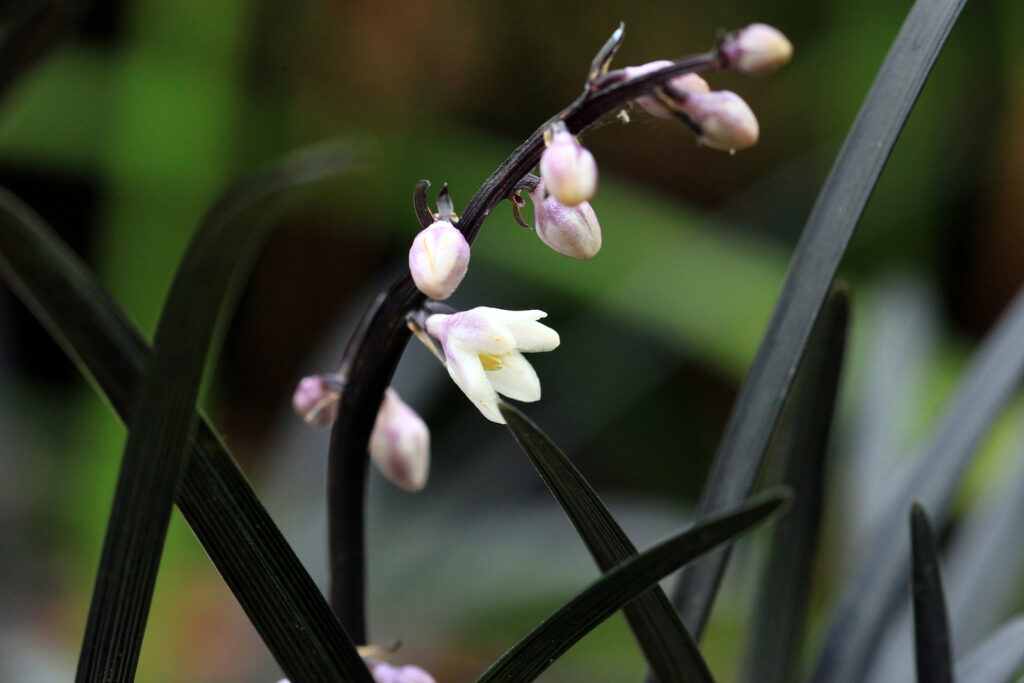
Ophiopogon propagation
- Divide Ophiopogon in spring as growth resumes.
- Sow seed in containers in a cold frame as soon as ripe.
Ophiopogon varieties to grow
- Ophiopogon jaburan, Jajuran lily, White lilyturf, tufted, stoloniferous perennial with strap-shaped, leathery, dark green leaves, to 24 inches (60cm) long. Short bell-shaped, white or lilac-tinted flowers, .5 inch (1.5cm) long, are borne in racemes, to 6 inches (15cm) long and occasionally curled, in late summer, followed by oblong-ellipsoid, violet-blue fruit, .5 inch (1.5cm) long. To 24 inches (60cm) tall and 12 inches (30cm) wide. Japan.
- O. japonicus, Mondo grass, tuberous-rooted, rhizomatous perennial forming clumps of narrowly linear, curved, rigid, dark green leaves, 8-12 inches (20-30cm) long. In summer, produces short racemes, 2-3 inches (5-8cm) long, of small, bell-shaped, white, occasionally lilac-tinged flowers, .25 inch (6mm) across, followed by spherical, blue-black berries, .25 inch (6mm) across. To 8-12 inch (20-30cm) tall and 12 inches (30cm) wide. Japan. Zones 7 to 10.
- O. planiscapus, clump-forming, spreading, rhizomatous perennial with strap-shaped, curving, dark green leaves, 4-14 inches (10-35cm) long. Short bell-shaped, pale purplish white flowers, to .25 inch (6mm) long, are borne in racemes, 1.5-3 inches (4-8cm) long, in summer, followed by spherical, fleshy, dark blue-black fruit, .1-.25 inch (1-6mm) across. To 8 inches (20cm) tall and 12 inches (30cm) wide. Zones 6 to 10.

